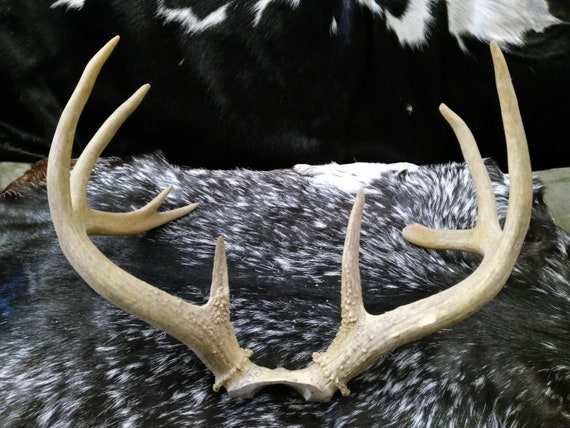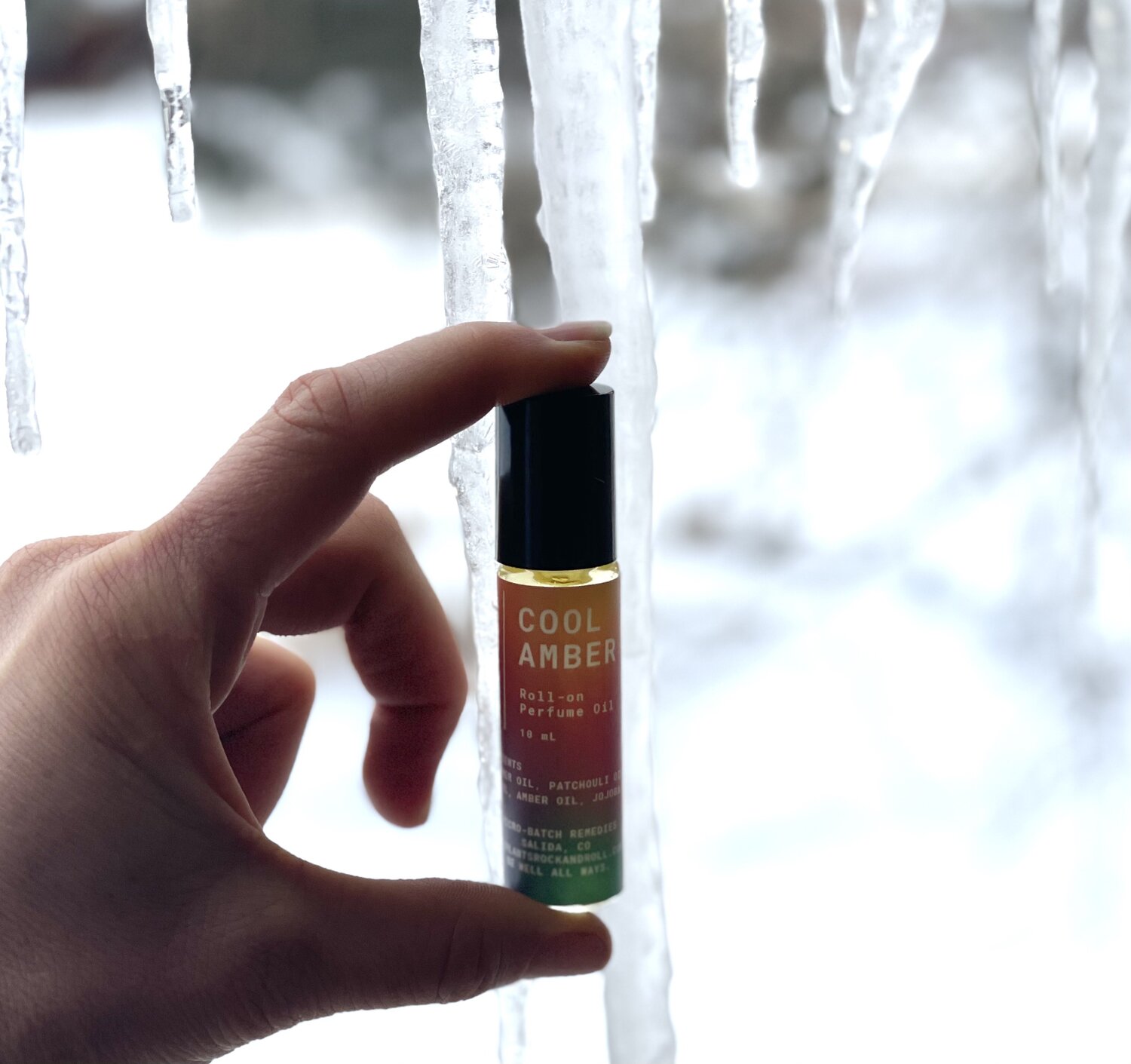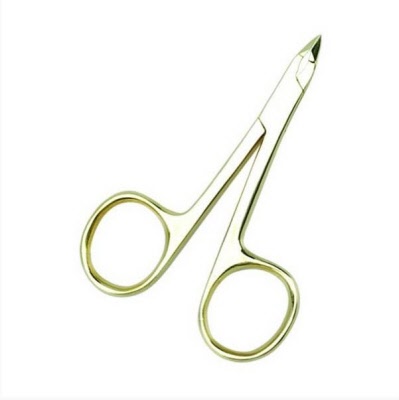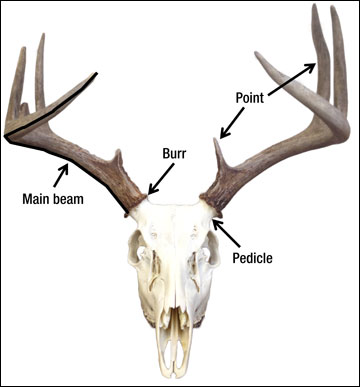
Antler Development in White-tailed Deer: Implications for Management
Antlers are among the most identifiable characteristics of species of the deer family. Visit our website to learn about antler development. | White-tailed deer managementThis deer conservation guide is one in a series developed jointly by MU Extension and the Missouri Department of Conservation.Robert A. Pierce IIFisheries and Wildlife State SpecialistSchool of Natural ResourcesJason SumnersMissouri Department of ConservationEmily FlinnFormerly with the Missouri Department of ConservationAntlers are among the most identifiable characteristics of species of the deer family, Cervidae, which comprises caribou, elk, moose, mule deer and white-tailed deer (Figure 1). Antlers have been prized and pursued by hunters for many centuries. Their rapid growth and deciduous (regrown each year) nature has made them fascinating for hunters and wildlife enthusiasts alike.Within the past decade, many Missouri landowners have refocused their white-tailed deer management objectives to allow more male deer in the population the opportunity to reach older age classes and, thus, the potential to produce larger antlers. An understanding of the factors that control antler growth and implications on managing white-tailed deer populations is important to achieve these quality deer management objectives.Figure 1. Male white-tailed deer grow a new set of antlers every year. IntroductionAntlers are bone formations that develop from the pedicle on the frontal bone of the skull of male deer. Figure 2 illustrates the basic terminology for parts of the antler.Pedicles become visible as buttons on males at about 4 to 5 months of age (Figure 3). Deer grow and shed antlers every year, requiring large amounts of nutrients and energy. Typically, only male deer grow antlers. Female deer have been documented to grow antlers when experiencing issues with regulation of the hormone testosterone, which happens very rarely. Caribou are the only deer in which females regularly grow antlers. The size and formation of antlers vary widely among deer in general. Antler growth depends on an individual deer’s access to quality nutrition, age and genetics. However, factors such as date of birth and condition of the mother can affect antler development.Figure 2. Deer antler terminology. Figure 3. Male white-tailed deer will often grow "buttons" as fawns. Purpose of antlersSeveral theories attempt to explain the evolutionary purpose of antlers among some male members of the deer family. Four of these theories are described below.Signal of male qualityBecause they are grown mainly by male deer, antlers are thought to serve as a visual cue signaling health and genetic quality to female deer. If this were true, females could determine the quality of potential mates by evaluating their antlers. Recent research supports this particular theory. However, variation in antler quality among individuals may not be a good predictor of mating success. To learn more about antler development and theories on the purpose of antlers, refer to the antlers chapter in Biology and Management of White-tailed Deer (see Additional information).Weapon used to fight other malesDuring the breeding season, male deer use their antlers to fight and establish dominance over other male deer. Male deer will often lock antlers and push one another to determine which individual is stronger, therefore establishing a dominance hierarchy between individual animals (Figure 4).Figure 4. Male white-tailed deer commonly establish dominance in the breeding season by fighting with other males to determine strength. Display dominanceThe size of antlers on deer has been thought to display age-related dominance between males without the males actually having to fight. If this were so, a dominance hierarchy could be established within the male segment of the herd without the risk of serious injury or death. However, current research does not substantiate antler size correlating with dominance between individual white-tailed deer.Defense against predatorsSome researchers have suggested that deer may use antlers to defend themselves against predators, as antlers can inflict severe injury. Although this theory may be true, it would mean that females are always defenseless and that males are defenseless once their antlers have shed and during the antler growing phase.How antlers growDeer grow and shed antlers annually. Males typically begin growing a new set of antlers in late spring. Growth starts at the pedicle, which is the antler growing base attached to the skull (see Figure 2). Antler growth is regulated by hormones, which are controlled by photoperiod (day length). The antler growth cycle coincides with the breeding season, so that males have hardened antlers for fighting other males, subsequently establishing dominance and breeding privileges (Figure 5).Growing day length corresponds to a reduction in melatonin production, which initiates the hormone cycles responsible for antler growth. Throughout late spring and summer, antlers are equipped with a very rich blood supply and are covered with a hairlike membrane commonly known as velvet (Figure 6). While “in velvet,” antlers are particularly vulnerable to injury, and cuts or bruises suffered at this time often result in deformed antlers.Growing antlers are high in water and low in dry matter content. The composition of the dry matter portion during this stage is 80 percent protein and 20 percent ash (primarily calcium and phosphorus). By August, growth slows and the antlers begin to mineralize, or harden. In late August or early September, growth is completed and blood ceases to flow to the antlers. This process initiates drying of the velvet, which is then sloughed or rubbed off, resulting in polished, hard antlers during the breeding season. The velvet shedding occurs rapidly, usually in less than 24 hours. The velvet will fall off on its own, but the process is accelerated by rubbing antlers on small woody shrubs or even tall grass. Healthy males maintain their hardened antlers throughout the breeding season (Figure 7).The composition of antlers change, as hardened antlers are high in dry matter and low in water content. Dry matter content of hardened antlers is composed of about 60 percent ash and 40 percent protein. After the breeding season, cells start to de-mineralize the bone between the pedicle and antler, causing the antler’s connection with the skull to weaken and the antler to fall off. Timing of antler-drop may vary, but in an average season, some males shed their antlers in late December and most have shed them by early March. Once a deer sheds its antlers, new growth starts immediately, though visible antler growth is sometimes not apparent for several weeks. Shed antlers are often difficult to find in the woods because they have a high protein content and an abundance of calcium phosphate and are quickly consumed by rodents.Figure 5. White-tailed deer antler growth cycle coincides with the breeding season so antlers can be used as individual bucks establish dominance.Figure 6. Male white-tailed deer with antlers in the velvet stage. Figure 7. During fall and early winter after velvet is shed, male white-tailed deer will have hardened antlers. Reasons for deformed antlersWhite-tailed deer may grow deformed antlers as a result of an injury. Leg, pedicle and velvet injuries can all lead to antler deformations. Depending on the type and severity of the injury, these antler deformations may be temporary or permanent. Nontypical antler growth can be caused by genetic predisposition to abnormal branching, which is typically seen on both antlers.Pedicle injuryAny injury to the pedicle may result in a deformed antler (Figure 8). Injuries to the pedicle often are a result of fighting with other males or accidents. Populations with an abundance of older males may have a higher proportion of pedicle injuries because of the fighting that normally occurs between older males. Severe injuries to the pedicle can result in antler deformations in consecutive years.Figure 8. Antlers that are shed normally have a relatively flat surface at the base (a), whereas antlers shed with pieces of pedicle attached (b) will often result in injury to the pedicle, one of three main causes of deformed antlers. Velvet injuryAs mentioned previously, during the growing phase antlers are very soft and, therefore, vulnerable to injury. Velvet injuries can cause deformations in the hardened antler, including small points known as “kicker” or “sticker” points. Some velvet injuries may result in an oddly bent antler caused by an injury during the velvet stage that was able to maintain its blood supply and hardened into a polished antler (Figure 9). Extreme velvet injuries may cause the breakage and subsequent loss of a main beam, point or entire antler. Males that experience such injuries typically make a full recovery the following year and grow a normal set of antlers. However, these injuries can develop infections, causing potential health problems.Figure 9. Velvet injuries can result in deformed hardened antlers. Leg injuryAntler deformations can also be caused by leg injuries, which often result from deer-vehicle accidents. Front leg injuries coincide with antler deformation on the same side as the injury — a front left leg injury will affect the left antler. Rear leg injuries coincide with antler deformation on the opposite side — a rear left leg injury will affect the right antler. Depending on the severity, injuries to the leg may result in deformations to the antler in consecutive years or the deer may make a full recovery. The biological mechanism controlling this relationship between leg injuries and antler deformations is not fully understood but is thought to be associated with reallocating nutrients toward healing the leg injury, instead of antler growth.Factors affecting antler sizeThe main factors affecting antler size of an individual white-tailed deer are age, nutrition and genetics. To learn more about how these factors affect deer antler and body size, refer to MU Extension publication G9480, Implementing Quality Deer Management on Your Property.AgeAs males mature, their antlers become heavier and better developed. Antler growth of male fawns, or “button bucks,” is generally noticeable at 4 to 5 months of age by the presence of “buttons.” At 1-1/2 years of age (yearlings), males grow their first noticeable antlers, which can range in size from spikes to 10 or more antler points. On average, males increase their antler size until 6-1/2 years of age, when antler growth is maximized (Figure 10).Figure 10. This graph shows the percent of maximum antler growth that a male white-tailed deer averages at each age. Most males maximize their antler size at 6-1/2 years of age. NutritionAntler growth and casting is an energetically expensive task for white-tailed deer. Antlers reflect an individual’s nutrition, especially protein and energy levels. A difference of 8 percent and 16 percent protein in a deer’s diet at 4 years of age can cause a 20-inch difference in antler size. Although the effects of mineral levels on antler size has not been documented, calcium and phosphorus levels are known to be important to antler development. For additional information, refer to MU Extension publication G9487, Nutritional Requirements of White-Tailed Deer in Missouri.GeneticsA white-tailed deer’s potential for antler development is controlled within its individual DNA, or genetics, although optimum nutrition is required to express this genetic potential. A deer’s genetic potential is controlled by the genetic makeup of both its parents and can affect antler shape, composition and size potential.Managing deer by antler restrictionsMany landowners are becoming interested in allowing more male deer on their land to reach older age classes and express their genetic potential for antler size. To achieve these deer management objectives, landowners, managers, biologists and hunters often implement an antler point restriction into their management plan. Often, these objectives are enforced by state regulations or voluntary harvest criteria established by landowners or hunters.Most antler-based harvest restrictions include at least one minimum antler criteria, such as number of antler points, spread, main beam length or antler score. The goal of using antler criteria as a mechanism for determining harvest is to give young males in the herd the opportunity to mature into older age classes. To learn more about how antler criteria can be incorporated into a deer management program, refer to MU Extension publication G9480, Implementing Quality Deer Management on Your Property.Effects of culling male deerHarvesting “management” or “cull” males is a common deer management technique. “Culling” is often done to remove “inferior” antlered males from the population in the hope of restricting the spread of “inferior” genetics; however, controlling or manipulating deer genetics in wild populations is virtually impossible. Therefore, removing inferior antlered males will not change the herd’s genetics. However, in areas that need to reduce deer density, “cull” males may be harvested to increase nutrition available to other deer, including males with “ideal” antlers.ConclusionAntlers are an amazing feature of white-tailed deer. Landowners, hunters and managers who understand the biology of antlers and the factors that encourage their growth can more effectively manage deer populations on their property.Additional informationDemarais, S., and B. K. Strickland. 2011. Antlers. Pages 107-146 in D. G. Hewitt, editor. Biology and management of white-tailed deer. Boca Raton, FL: CRC Press.Harmel, D. E., J. D. Williams, and W. E. Armstrong. 1989. Effects of genetics and nutrition on antler development and body size of white-tailed deer. Federal Aid Report series No. 26. Projects W-56-D, W-76-R, W-109-R, and W-14-C. Austin, TX: Texas Parks and Wildlife Department.Photo creditsMissouri Department of Conservation, Jason Sumners and Emily Flinn.
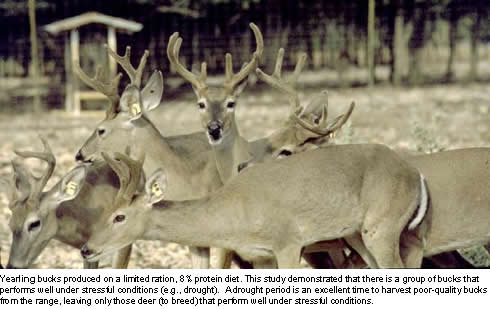
Genetic and Environmental Interaction in White-tailed Deer: 1992-1999

Outdoors: What do we really know about whitetails?
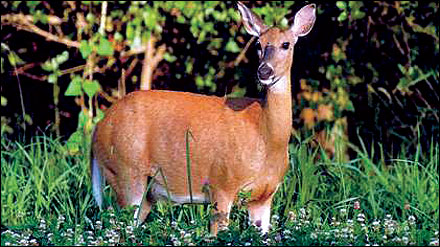
Enhancing White-Tailed Deer Habitats on Your Property: Food Plots
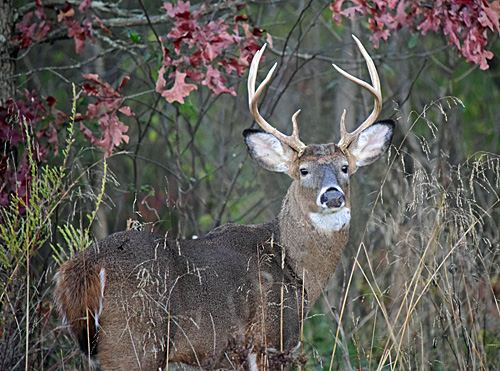
Sharing the Landscape With White-tailed Deer - Loudoun Wildlife Conservancy

All About Antlers! – Alpine Escape Yosemite Rental
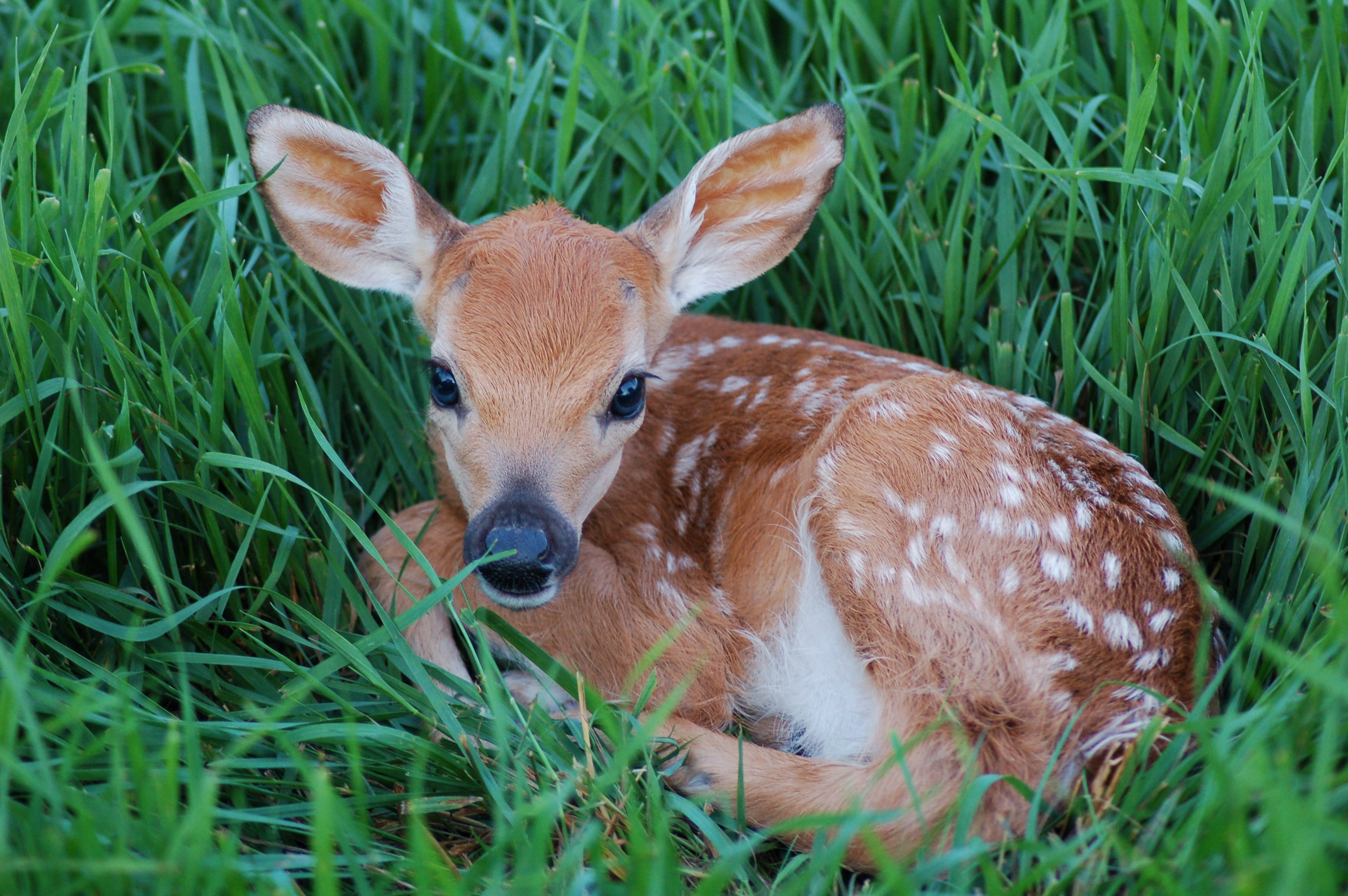
How Soon Do Male Deer Grow Antlers?

Abnormal antler growth (''cactus buck'') in male mule deer (Odocoileus
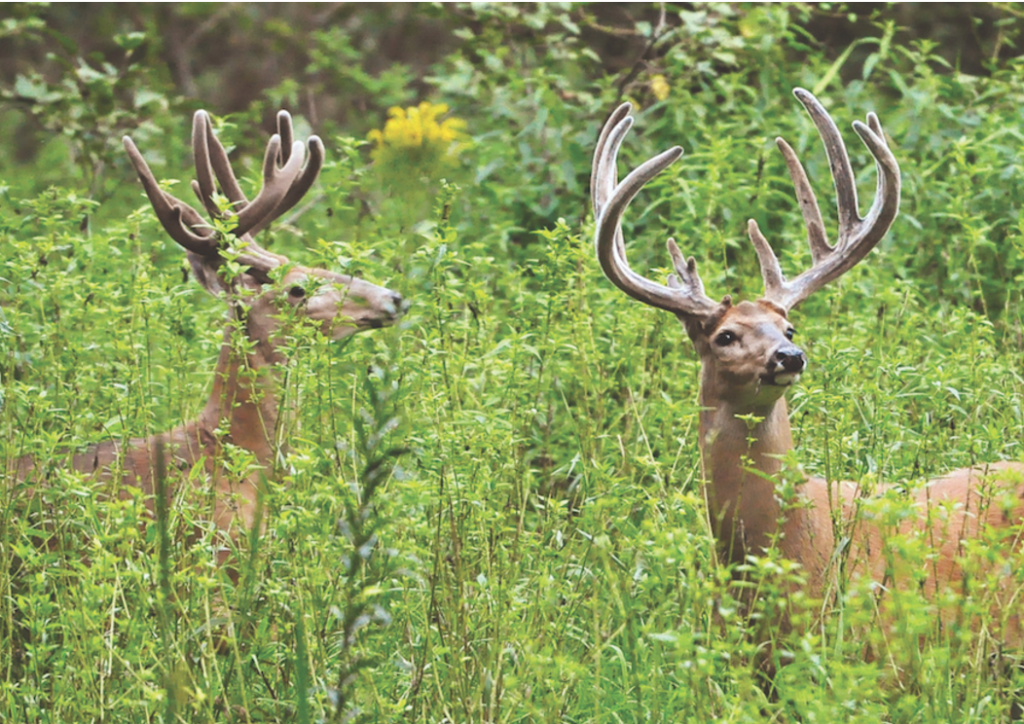
Three Key Building Blocks for Better Whitetail Antlers
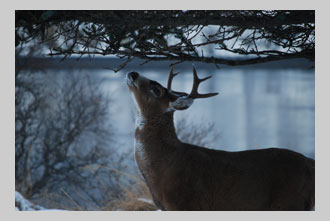
Deer Page
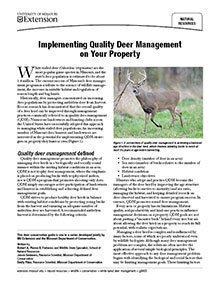
Implementing Quality Deer Management on Your Property
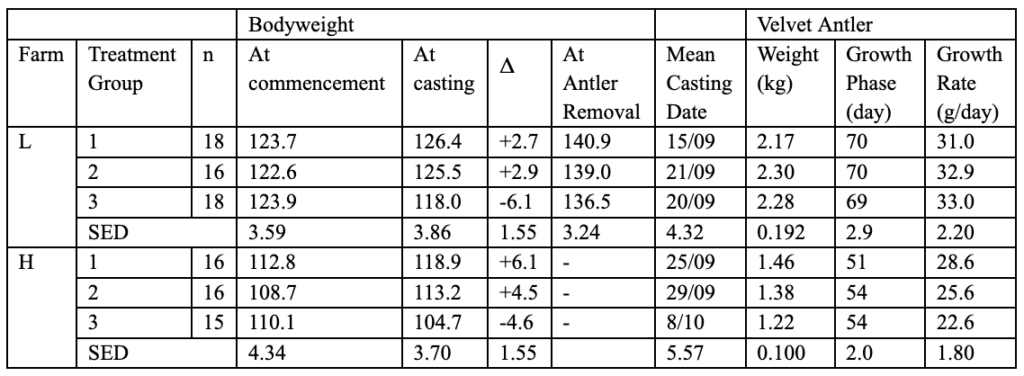
Mathematical Modeling of the Antler Growth Cycle
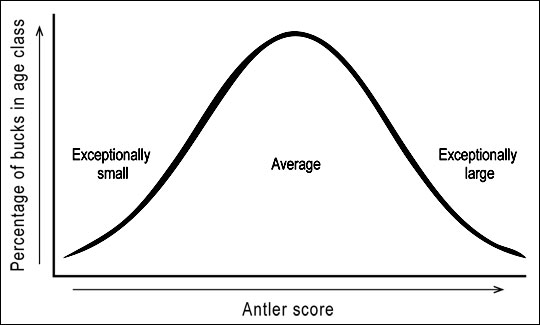
Managing for White-tailed Deer in Missouri: Setting and

Discover fascinating facts about deer antlers - Brainerd Dispatch
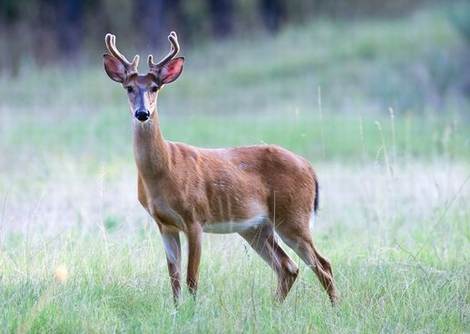
Stages of Deer Antler Growth Whitetail Antler Development

Soil nutrients and deer density affect antler size of the Carpathian red deer

